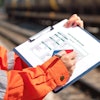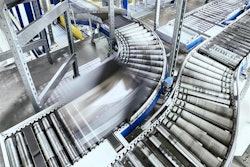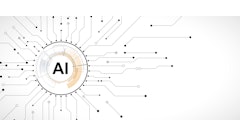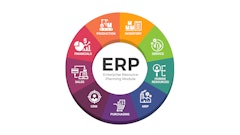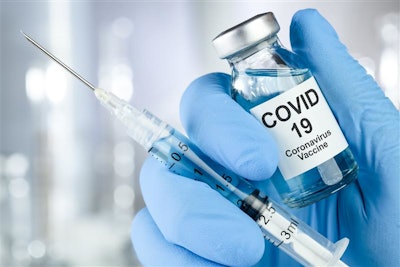
Our nation has surpassed a grim and horrific milestone -- more Americans have died from COVID-19 than deaths in World War II. Unfortunately, the deaths will continue. At the current vaccine distribution rate, unless significant changes occur immediately, most of us will not be vaccinated this year.
The only way to contain the virus is to reach herd immunity. Herd immunity requires roughly 220-250 million people to be vaccinated, which means delivering 440-500 million doses to arms. For comparison purposes, roughly 70-100 million flu vaccines are administrated annually over a 6-month-plus period in a single dose. However, all the currently approved COVID-19 vaccines require two doses to be effective. Using basic math, we can easily determine that the COVID-19 capacity within the flu vaccine supply chain would only be 35-50 million people if the entire supply chain was freed up. We need five times the capacity of the flu vaccine supply chain to reach herd immunity.
Post-World War II, the United States launched the Marshall Plan, a plan designed to rebuild economies and pull the world back together after a devastating divide. Much like post-World War II, we need a similarly ambitious plan for vaccine distribution. A plan to take on the single largest supply chain challenge this nation has ever faced. A distribution plan that will help unify the nation one dose at a time, one vaccination at a time and one neighborhood at a time.
“Starbucks” location strategy perspective
We need a “Starbucks” rather than a “Stadium” location approach. Mega vaccination sites are not the best option. They create mega-lines, mega-confusion and mega-spreader events along with a whole list of supply chain issues. Supply chains need predictable supply, demand and capacity to work effectively. Furthermore, the risk of damage, waste, loss and theft of vaccines all increases via mega-sites. These sites also offer little to no opportunity to ensure second dose delivery and no ability to contact trace in the event of an infection.
We need vaccination locations on every other corner to set up defined number of appointments, establish daily delivery routes, track vaccines by dose by manufacturer and ensure follow-up procedures for second doses are completed, including receiving the second dose from the same manufacturer. Smaller, more numerous locations also provide a simple forecast of capacity and vaccine demand that is much needed. This allows for a “pull supply chain,” which is more efficient, especially in times of limited supply. Pull supply chains operate based on known demand vs. predictions or simply adjusting on the fly based on what inventory arrives on site.
The standard concept of last-mile in direct-to-consumer is delivery to the doorstep. Smaller, more numerous locations may seem more challenging and complicate the current hurdles of last mile. For the Coronavirus disease (COVID-19) vaccine, last-mile is delivery into the arm of a person not once but twice with the same manufacturer’s vaccine. However, smaller locations can be run with less tech and serviced by static last-mile delivery routes. To get to herd immunity, we need to build confidence in the vaccine, the distribution of the vaccine and in communities that are underserved by mega options.
Currently, there is a $1.9 trillion Relief Bill under negotiations. That bill includes financial support to households via a direct check and financial loans to small businesses. A Starbucks vs. Stadium location approach could serve to be just as helpful if not more. Think of all the trusted neighborhood locations like community centers, local pubs and even the local coffee shop. Help those businesses stay open while allowing them to support their neighbors. Further, it would employ people right in their own neighborhoods. Few if any neighborhood has been left untouched by unemployment. This location strategy will need neighborhood representatives to help organize and go knock on doors. Instead of just providing 10-15 minutes of post-dose observation, neighborhood representatives can visit the next day to ensure that everyone is well. This is especially needed during these times when many find themselves food challenged and very much alone. Most importantly, they can make reminder visits for second doses and confirm appointment times ensuring the pull supply chain system stays effective and efficient.
Every other corner does not need to be a fixed physical site. There are numerous existing options that can be leveraged, such as partnering with Meals on Wheels. Instead of asking the most at-risk people to leave their home, go to them. Another potential option is self-administered vaccines. Millions of Americans give themselves injections on a regular basis for various health reasons. Additional throughput (capacity) can be gained by allowing those people to self-administer at home.
We must pull capacity from industries other than healthcare and design rapid creative supply chain solutions. It will take a dedicated task force of amazing supply chain people to correct the vaccine distribution problems. Further, we need a centralized coordinated team that pulls together all the supply chain components, plans, orchestrates and controls the distribution that is then locally executed via trusted neighborhood sites.




